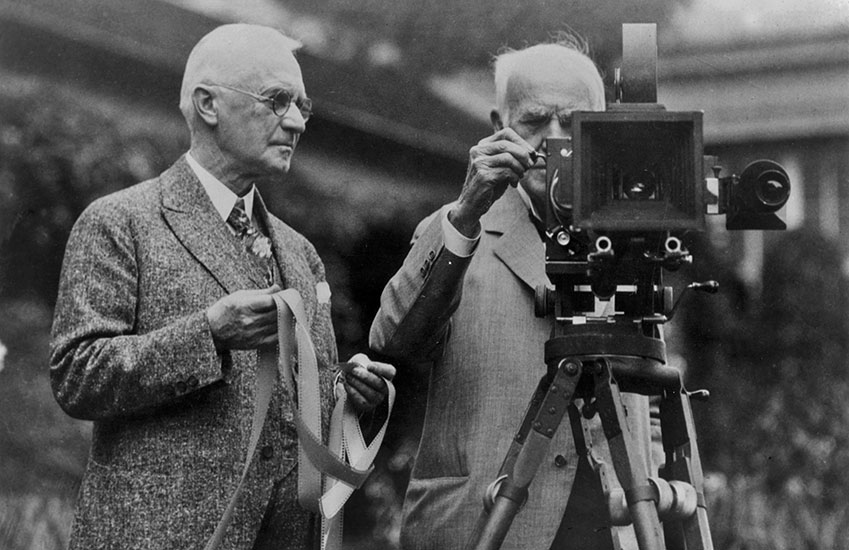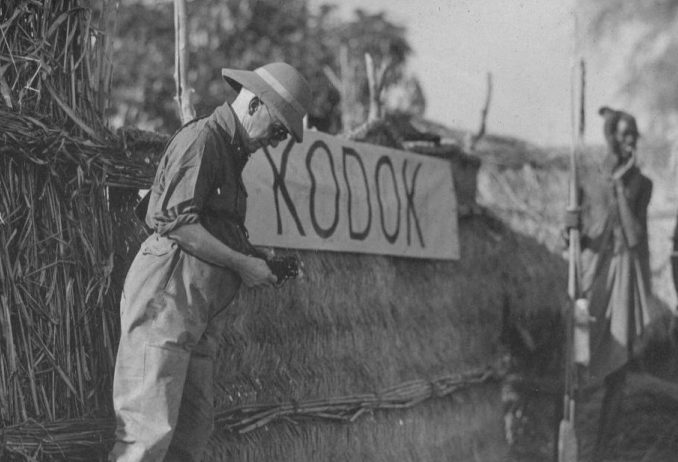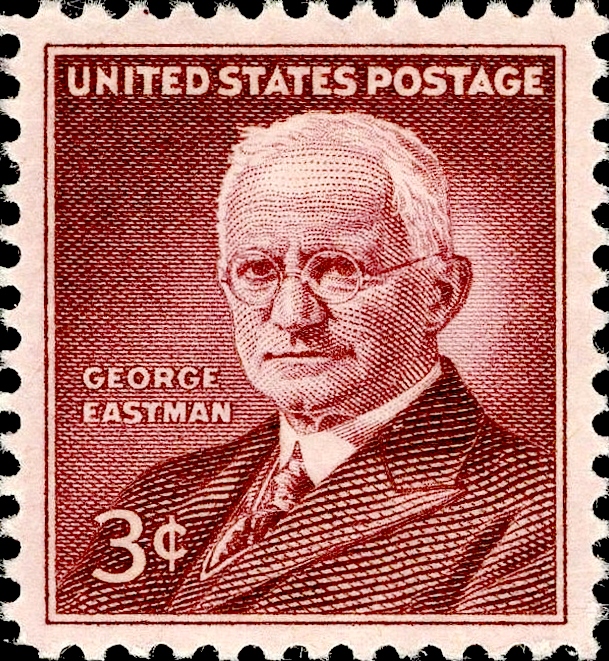Recently, the excellent Open Culture site tweeted the suicide note of George Eastman, the Kodak magnate who took his own life in 1932 with single bullet to the chest, despondent about the chronic pain of spinal stenosis and seemingly weary of a world of wealth, safaris, philanthropy and fame. The goodbye was brief:
To my friends
My work is done
Why wait?
GE
It was his invention of roll film in 1884 that brought photography to the masses and soon enough made motion pictures possible. The vast sums of money that followed allowed Eastman to become one of the leading benefactors of his era, and his life was unmarked by scandal until he sent some gathered friends out of a room he was occupying in his handsome Rochester home and carried out his shocking ending. The gun’s explosion caused them to scurry back where they found the inventor, now dead or dying, and his last written words. The lead story in the March 14, 1932 Brooklyn Daily Eagle told of his demise.










